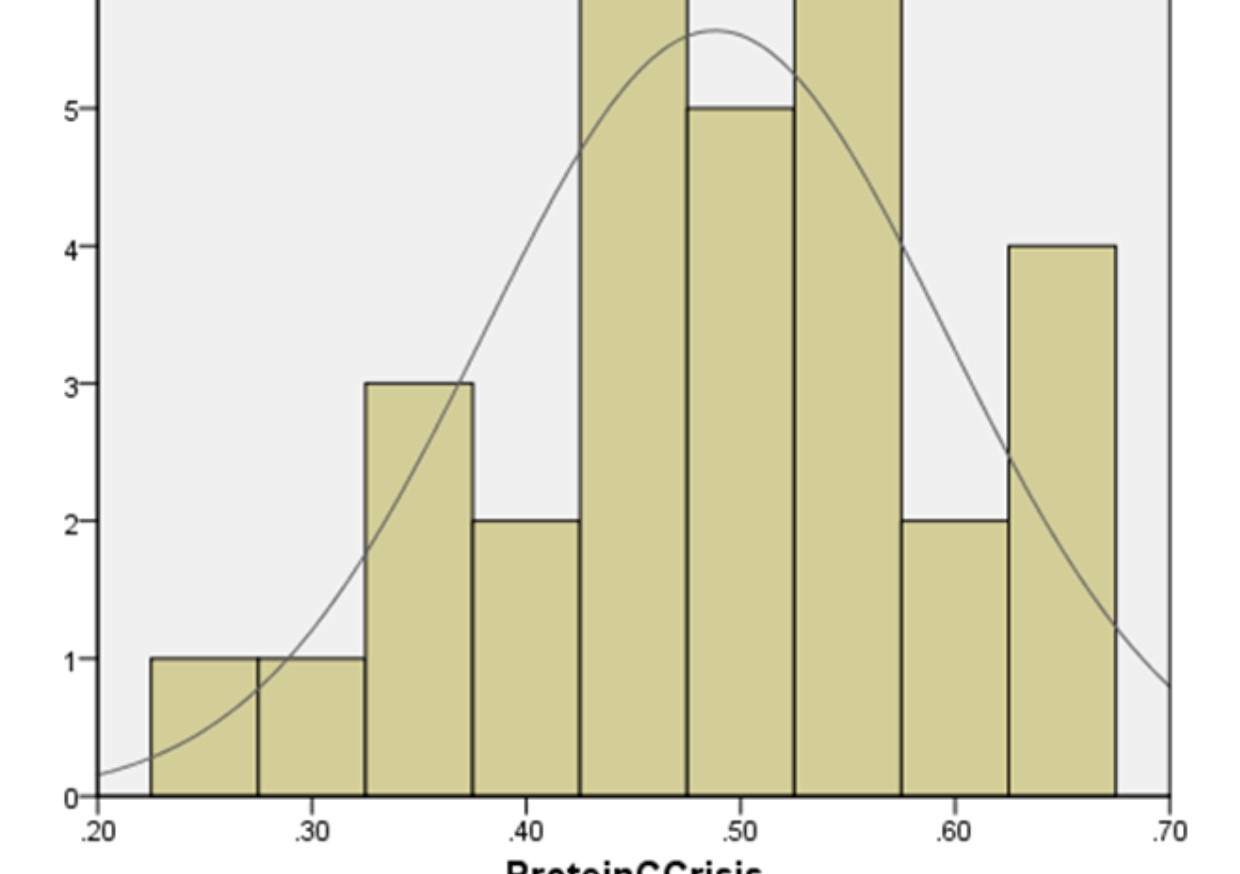EVALUATION OF PROTEIN C LEVELS IN SICKLE CELL ANAEMIA PATIENTS IN STEADY STATE AND CRISIS AT THE LAGOS STATE UNIVERSITY TEACHIHNG HOSPITAL, LAGOS. NIGERIA
Protein C levels in Sickle Cell Anaemia Patients
Abstract
Background: Sickle cell anaemia is a hypercoaguble state and is associated with thrombotic episodes such as ischaemic stroke and venous thromboembolic phenomenon. Protein C is a natural Vitamin-K dependent glycoprotein that inactivates Factors V and VIII using Protein S as a cofactor and thus resulting in anticoagulation.
This study measured serum Protein C activity in SCA patients during vaso-occlusive crisis and in steady-state, and this was compared with the activity levels in HbAA controls.
Methodology: This was an analytical prospective study which comprised of 30 HbSS patients and 30 HbAA controls. Protein C levels were measured using ELISA in the SCA group during crisis and in the HbAA control group; When the HbSS patients were in steady state, Protein C levels were then measured again.
Results: Protein C levels were highest in the HbAA control group (0.73 + 0.08 ng/mL) followed by the HbSS patients in steady state (0.63 + 0.07 ng/mL) and lowest in the HbSS patients in crisis (0.49 + 0.11 ng/mL). This difference was statistically significant with p= 0.001.
Conclusion: Protein C levels are reduced in HbSS patients when compared with HbAA controls, and the levels are lower during a vasoocclusive crisis compared with steady state.





